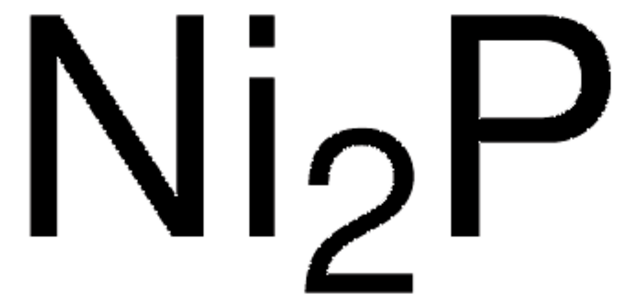About This Item
推薦產品
等級
reference material
形狀
powder
濃度
60.0-70.0% Ni (EDTA titration)
mp
230 °C (lit.)
密度
4.1 g/mL (lit.)
應用
battery manufacturing
SMILES 字串
O[Ni]O
InChI
1S/Ni.2H2O/h;2*1H2/q+2;;/p-2
InChI 密鑰
BFDHFSHZJLFAMC-UHFFFAOYSA-L
尋找類似的產品? 前往 產品比較指南
應用
訊號詞
Danger
危險分類
Acute Tox. 4 Inhalation - Acute Tox. 4 Oral - Aquatic Acute 1 - Aquatic Chronic 1 - Carc. 1A Inhalation - Muta. 2 - Repr. 1B - Resp. Sens. 1 - Skin Irrit. 2 - Skin Sens. 1 - STOT RE 1 Inhalation
標靶器官
Lungs
儲存類別代碼
6.1D - Non-combustible acute toxic Cat.3 / toxic hazardous materials or hazardous materials causing chronic effects
水污染物質分類(WGK)
WGK 3
閃點(°F)
Not applicable
閃點(°C)
Not applicable
個人防護裝備
Eyeshields, Faceshields, Gloves, type P3 (EN 143) respirator cartridges
分析證明 (COA)
輸入產品批次/批號來搜索 分析證明 (COA)。在產品’s標籤上找到批次和批號,寫有 ‘Lot’或‘Batch’.。
客戶也查看了
文章
Lithium-ion batteries' characteristics make them popular for electricity storage due to portability, rechargeability, and low cost.
依賴於化石燃料和裂解燃料的熱能和電力生產策略對環境和我們的生活條件產生了負面影響。
The prevailing strategies for heat and electric-power production that rely on fossil and fission fuels are having a negative impact on the environment and on our living conditions.
Plasmonic nanoparticles have unique optical properties that can be tailored to suit a variety of applications in the biotechnology1–8 and electronics9–16 industries.
我們的科學家團隊在所有研究領域都有豐富的經驗,包括生命科學、材料科學、化學合成、色譜、分析等.
聯絡技術服務














